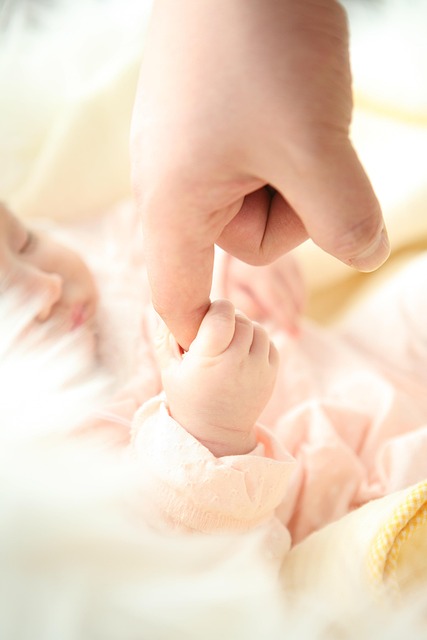When my daughter turned three, Grandma, her sister, and Great-Grandma teamed up to present her with a pink wonderland. The package included a tiny baby doll, a miniature diaper bag, and even a small diaper for the doll. To top it off, there were various princess-themed items: a tiara, a necklace, a wand (was she a princess or a fairy? The distinction is subtle), clip-on earrings, a dress, and, naturally, her very first pair of high heels.
With disbelief, I observed my little one wobble across the room in her new heels. She was radiant, celebrating not just her birthday but the excitement of receiving gifts. Perhaps it was the allure of these specific presents—the purse, the high heels, the tiara—that brought her joy.
In the ongoing debate of nature versus nurture, I firmly lean towards the latter. I believe girls are conditioned to adore pink princesses from a young age. By three years old, these ideas are so deeply embedded that they become almost irreversible. If you tell a girl that boys can play with dolls, she’ll likely giggle at the absurdity. Conversely, if you inform a boy that the birthday goody bag featuring Cars stickers is for his sister, he’ll recognize you’re teasing. We instill these notions from the moment they enter the world, and when they start exhibiting these learned behaviors, we proudly declare, “See? Girls are different than boys! Nature will out.”
Don’t get me wrong; while I believe girls are taught to enjoy pink and aren’t inherently predisposed to tea parties, I wasn’t overly concerned. My daughter appeared genuinely thrilled in her high heels, and that was all that mattered. Just look at her, sharing moments with Great-Grandma as they dressed the new baby doll.
A few days later, I decided to have a gentle discussion with Grandma. “It’s fine to get her this pink princess gear,” I explained, “but she needs variety. If you’re going to buy her pink things, consider adding some non-pink items too—just to show her there’s more to life than princesses and dolls.”
I thought this was a reasonable request until my mother-in-law replied, “I get this stuff to balance out your time with her.” Initially, I felt defensive, but then it clicked. Here I was, a stay-at-home dad to a girl who spends most of her days with me. What do we do together? We play basketball, soccer, hike, and build with Legos. Most of the time, my daughter doesn’t engage in “girly” activities. In fact, I haven’t even dressed her in a dress during her three years; it’s not intentional—I don’t aim to stifle her personality or push her into any mold. I enjoy playing soccer with her, and her gender shouldn’t dictate our activities.
This revelation was enlightening. Perhaps the pink items weren’t something to resist but rather something to accept, as they help maintain the balance I wish for her. When she struts around with her purse like she’s the next celebrity, maybe I can step back and let her embrace that side. And once she’s done parading, I’ll toss a plastic ball her way and watch her giggle as she tumbles, gets back up, and kicks it back to me.
Speaking of balance, here’s her birthday cake. We asked what she wanted, and she simply said, “Princess.” We agreed but insisted on including something else for equilibrium. That’s how we ended up with a cake featuring… My daughter, the occasionally-princess.
For more insights into parenting and balancing life’s roles, check out one of our other blog posts about fertility boosters for men. Additionally, if you’re exploring ways to expand your family, the home insemination kit can be an excellent resource. For a deeper understanding of pregnancy, visit this Wikipedia page on in vitro fertilisation.
In summary, as parents, it’s essential to find balance in our children’s interests. While embracing traditional themes like princesses, we must also introduce them to a broader world of possibilities.
Keyphrase: Parenting balance
Tags: [“home insemination kit”, “home insemination syringe”, “self insemination”]
